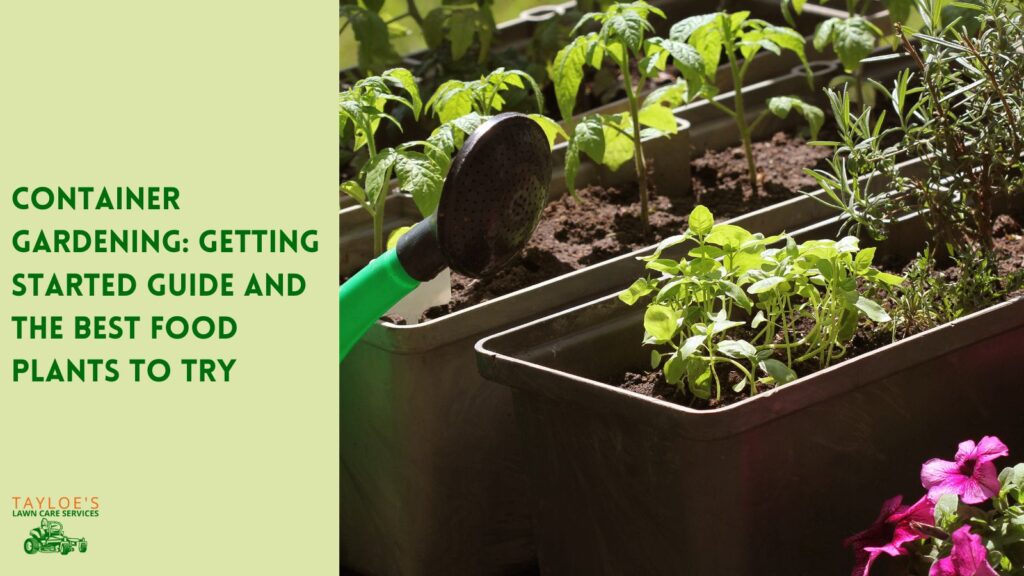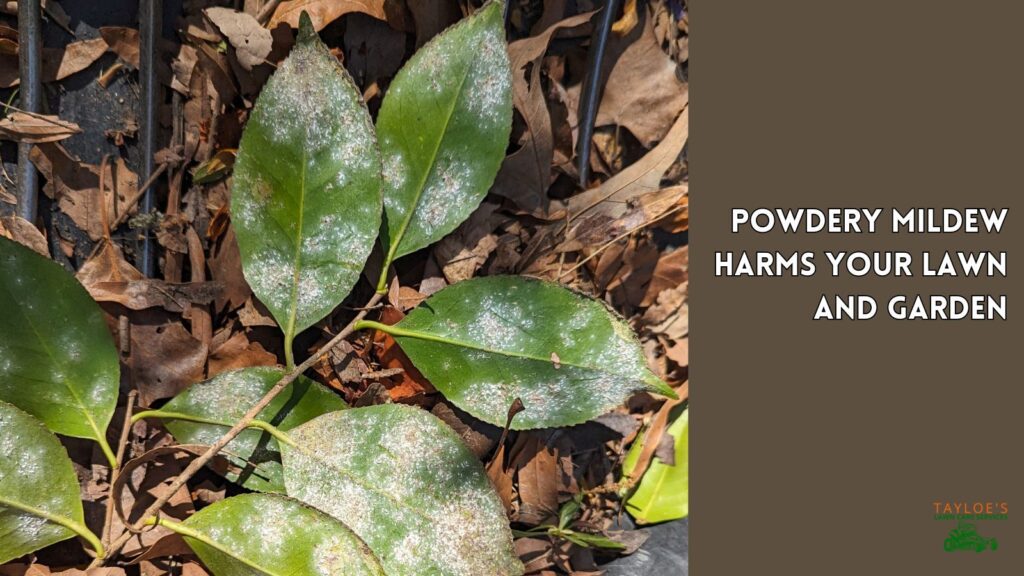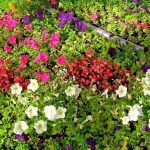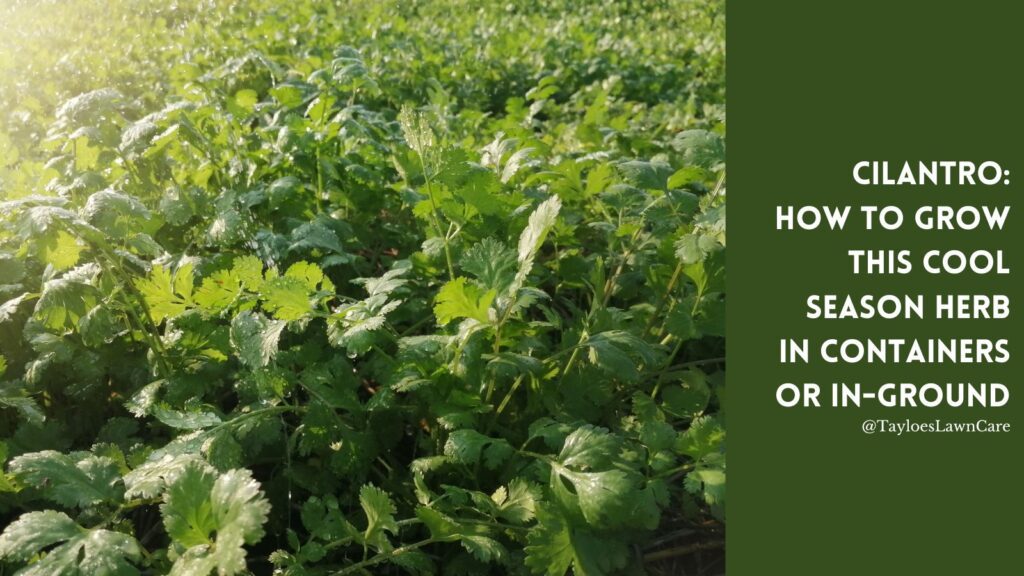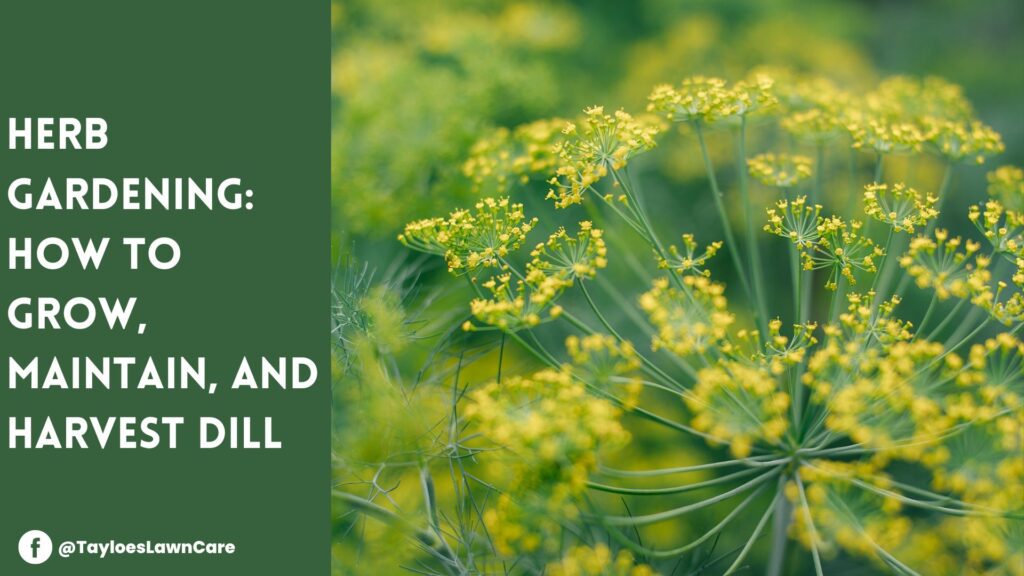Last Updated on: 14th January 2025, 06:10 am
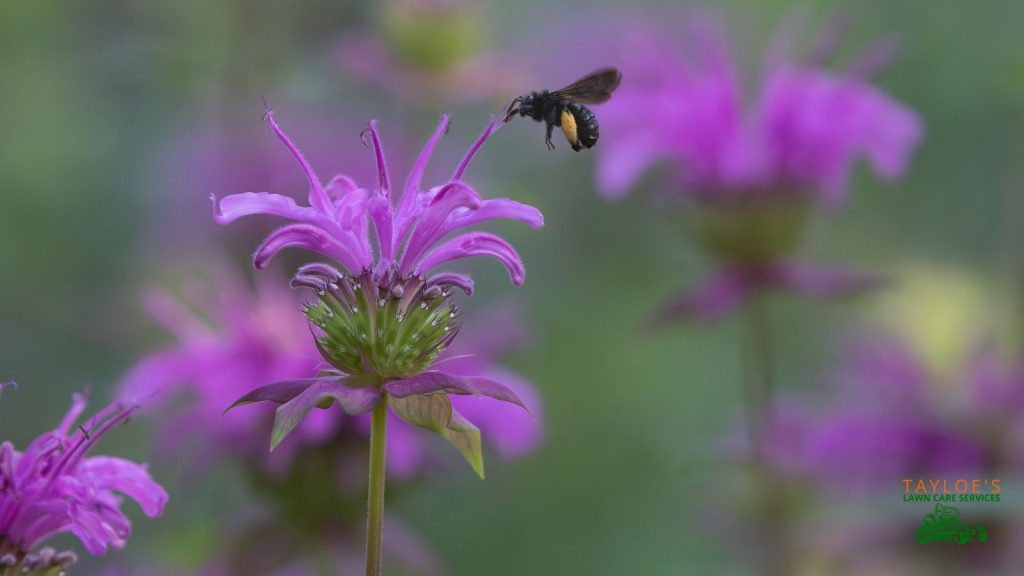
Here’s why bee balm is a favorite mint family member.
Spotted beebalm isn’t just another garden plant—it’s a true gem for your landscape. Picture vibrant, tubular flowers in stunning shades of purple and red while attracting a swarm of pollinators and boosting your garden’s health. But this native plant is more than just a pretty face; it’s a powerhouse that offers incredible benefits, from natural pest control to medicinal properties.
Let’s explore why spotted beebalm deserves a place in your garden—and, of course, how you can easily grow and care for it.
Top Benefits of Growing Beebalm (Monarda punctata)
- Pollinator Magnet
Monarda punctata is a nectar-rich haven for pollinators like bees, hummingbirds, various wasp species, and butterflies, including butterflies, making it indispensable for supporting local ecosystems. By growing it, you’re fostering biodiversity while adding life and movement to your garden. - Natural Pest Control
Spotted beebalm’s fragrant leaves repel mosquitoes and deter mammalian herbivores, offering an eco-friendly way to keep pests at bay and protect your garden. - Medicinal Uses
Used traditionally for headaches, digestion, and colds, spotted beebalm is a natural remedy enthusiasts will love. Growing it gives you easy access to these time-honored therapeutic benefits. Be sure to check with your doctor and pharmacist before adding herbs to your routine – they can cause drug interactions. - Low Maintenance
Beebalm thrives in various conditions, tolerates drought, and requires little care. Perfect for beginners or if you’re seeking a beautiful, fuss-free garden. - Attractive Foliage and Flowers
With vibrant tubular flowers in shades of purple, golden yellow, pink, and red, paired with aromatic, textured foliage, spotted beebalm is both functional and stunning—a true showstopper.
Key Facts About Spotted Beebalm (Monarda punctata)
| Common Name | Spotted beebalm, Bee balm, Dotted horsemint, Monarda, Bergamot, Dotted mint |
| Botanical Name | Monarda punctata |
| Family | Mint (Lamiaceae) |
| Plant Type | Short-lived perennial, biennial |
| Sun Exposure | Full, part shade |
| Soil Type & pH | Rich, moist to acidic, neutral |
| Mature Size | 10–48 in. tall, 10–36 in. wide; features branching, simple square stems, usually purple, green, or brown. |
| Growth Habit | Clump-forming; Spreads through runners to form large clumps, can be aggressive. |
| Bloom Time | Summer to early fall |
| Flower Color | Red, purple, pink, white, lavender, gold/yellow |
| Flower Description | Clusters of yellow, purple-spotted, tubular flowers appear in whorls, typically occurring in the upper leaf axils or at the stem’s end. Large leafy bracts surround each whorl, tinged with white to purple-pink, creating a unique and striking display that adds vibrancy to your garden. Note: Some leaves may develop a slight purplish hue, similar to the colors of the bracts, but the bracts themselves are the most vibrant, displaying light pink and purple shades. |
| Native Range | Coastal plains and sandy areas across the eastern United States |
| Hardiness Zones | 3–9 (USDA) |
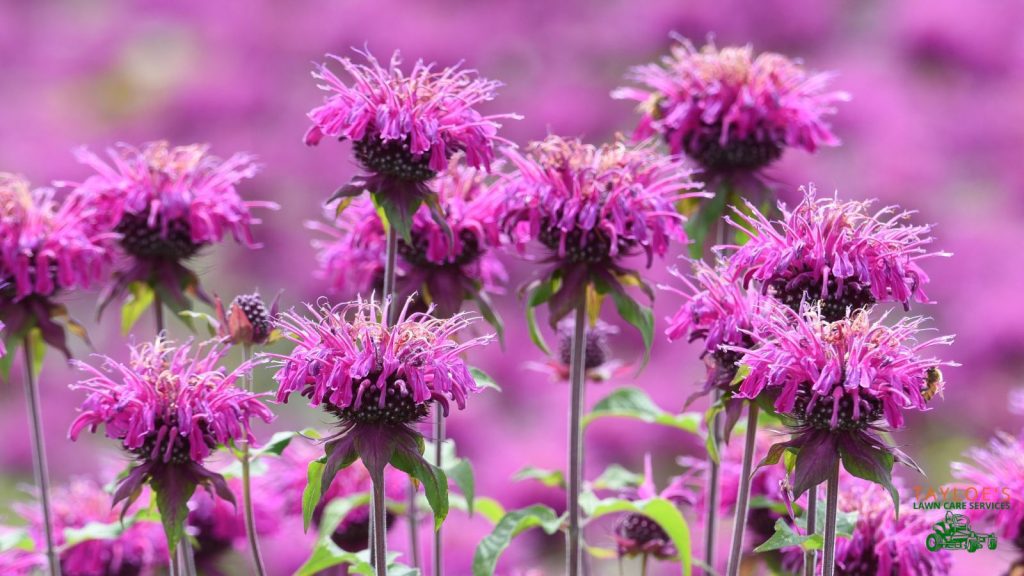
How to Plant Spotted Bee Balm (Monarda punctata) in Your Garden
Beebalm prefers full sun and moist, well-draining soil for the best blooms. Spring or early fall is the ideal time to plant it, as the cooler temperatures help the plant establish roots before the heat of summer or the cold of winter sets in.
- Select the Right Location
Choose a spot that gets at least 6 hours of sunlight per day. Bee balm thrives in full sun but can tolerate partial shade, particularly in hotter climates where afternoon shade can help prevent heat stress. - Prepare the Growing Spot
Bee balm thrives in rich, loamy soil but tolerates sandy soils if well-draining and enriched with organic matter. Before planting, loosen the soil to 8–12 inches deep and mix in compost to enhance fertility and drainage. Adding organic material will help with water retention and prevent root rot for heavy, compacted, or sandy soils. - Spacing and Planting
Space your beebalm plants at least 18 to 24 inches apart to allow for proper air circulation, which helps prevent the spread of diseases. - Planting Process
- Dig a hole that is about twice the size of the root ball.
- Gently remove the plant from its pot and loosen any circling roots.
- Set the plant in the hole, ensuring that the top of the root ball is level with the surrounding ground.
- Backfill with the dug soil and compost mixture, pressing gently to eliminate air pockets.
- Water thoroughly to ensure the roots settle and establish firmly.
- Ongoing Watering
After planting, water your bee balm regularly to keep the soil consistently moist. Once established, beebalm will tolerate dry spells but may require extra watering during extended droughts, especially when grown in containers.
General Care for Spotted Beebalm
Monarda punctata is a relatively low-maintenance beebalm species. With just a bit of care, you can enhance its overall health and enjoy vibrant flowers throughout the season.
Watering
During the initial establishment phase, keep the area consistently moist. Once established, Monarda punctata becomes more drought-tolerant, requiring minimal watering during dry periods.
Fertilizing
While Monarda punctata doesn’t require much fertilization, it benefits from a balanced, organic fertilizer annual feeding. Apply it in the spring to encourage new growth.
Consider using slow-release fertilizer to nourish the plant through the growing season if growing in a container.
Mulching
Applying mulch around the base of the plant helps retain moisture, keep roots cool, and prevent weeds. Use a 2 to 3-inch layer of organic mulch, such as shredded hardwood or compost, but keep it away from the plant’s stem to avoid rot.
Pruning and Deadheading
In early spring, trim back the plant to around 6 to 12 inches tall to promote bushier growth and more vigorous blooming. This is also a great time to remove any dead or damaged stems.
Throughout the season, remove spent flowers and bracts to improve plant appearance and potentially prolong bloom. Cut flower stems just above the first set of leaves or buds beneath the flowers. This encourages the plant to focus its energy on producing new flowers.
Dealing with Powdery Mildew
Monarda punctata is prone to powdery mildew, a fungal disease that forms a white coating on the leaves like other beebalm species. To prevent this, ensure proper air circulation and avoid overhead watering, which can increase humidity. If the mildew appears, treat it with an organic fungicide and remove affected leaves and flowers to stop its spread.
Monarda punctata Propagation Tips
Beebalm (Monarda punctata) can be propagated by division, stem cuttings, or seeds, with division being the easiest and most effective method. Here’s how to do it:
Propagation by Division:
Best Time: Early spring, when new stems emerge.
Tools Needed: Shovel, garden snips, compost, gloves, sharp knife.
- Dig up the plant and gently lift the root system from the ground.
- Divide the root clump into sections, each with 2-3 shoots and a healthy root system.
- Remove the center if it’s woody and scraggly.
- Prepare the soil by adding compost or fertilizer.
- Replant the divisions immediately, spacing them 18-24 inches apart.
- Water well and keep the young plants moist for their first year.
Propagation by Stem Cuttings:
Best Time: Spring, during the active growth period.
Tools Needed: Sterilized snips, rooting hormone, small pots, plastic bag, rubber band.
- Take a 6-inch cutting from new growth just below a node.
- Remove lower leaves and dip the cut end in rooting hormone.
- Plant in rich soil in a small pot.
- Cover it with a plastic bag to retain moisture, and secure it with a rubber band.
- Keep the growing medium moist and warm. Roots should form in 2-3 weeks.
- Remove the plastic bag once roots are established.
Propagation by Seed:
Best Time: Sow seeds in fall outdoors or indoors 6-8 weeks before the last frost.
- Sow seeds in a seed tray or pots with a quality seed-starting mix.
- Keep medium moist and in a sunny location. Germination occurs in 2-3 weeks.
And that’s it! All you need to rise typically to a master grower of this captivating beebalm species.
You Don’t Need a Green Thumb to Successfully Grow Monarda punctata
Follow the basic care tips above, and before you know it, you’ll have a thriving patch of Monarda punctata in your garden. With minimal effort, you can enjoy its vibrant, showy flowers, attract birds and other essential pollinators, and reap the benefits of natural pest control.
If you need help preparing your lawn or garden beds for the season, call Tayloe’s Lawn Care Services, LLC. Don’t forget to follow us on Facebook.
Author Profile

- Maureen Abuor
- Maureen Abuor is a professional content marketing strategist and SEO strategist, with particular knowlege of creating landscaping and gardening content that informs and delights her audience. When she's not working, she's a busy mother of three precious little ones and child of God.
Latest entries
 Lawn CareApril 29, 2025Best shady area grass seed for Eastern NC
Lawn CareApril 29, 2025Best shady area grass seed for Eastern NC GardeningApril 15, 2025How do I make organic soil for the garden?
GardeningApril 15, 2025How do I make organic soil for the garden? Flower GardenMarch 7, 2025What are wave petunias?
Flower GardenMarch 7, 2025What are wave petunias? Flower GardenMarch 3, 202520 Full-sun annuals for your spring and summer garden
Flower GardenMarch 3, 202520 Full-sun annuals for your spring and summer garden

